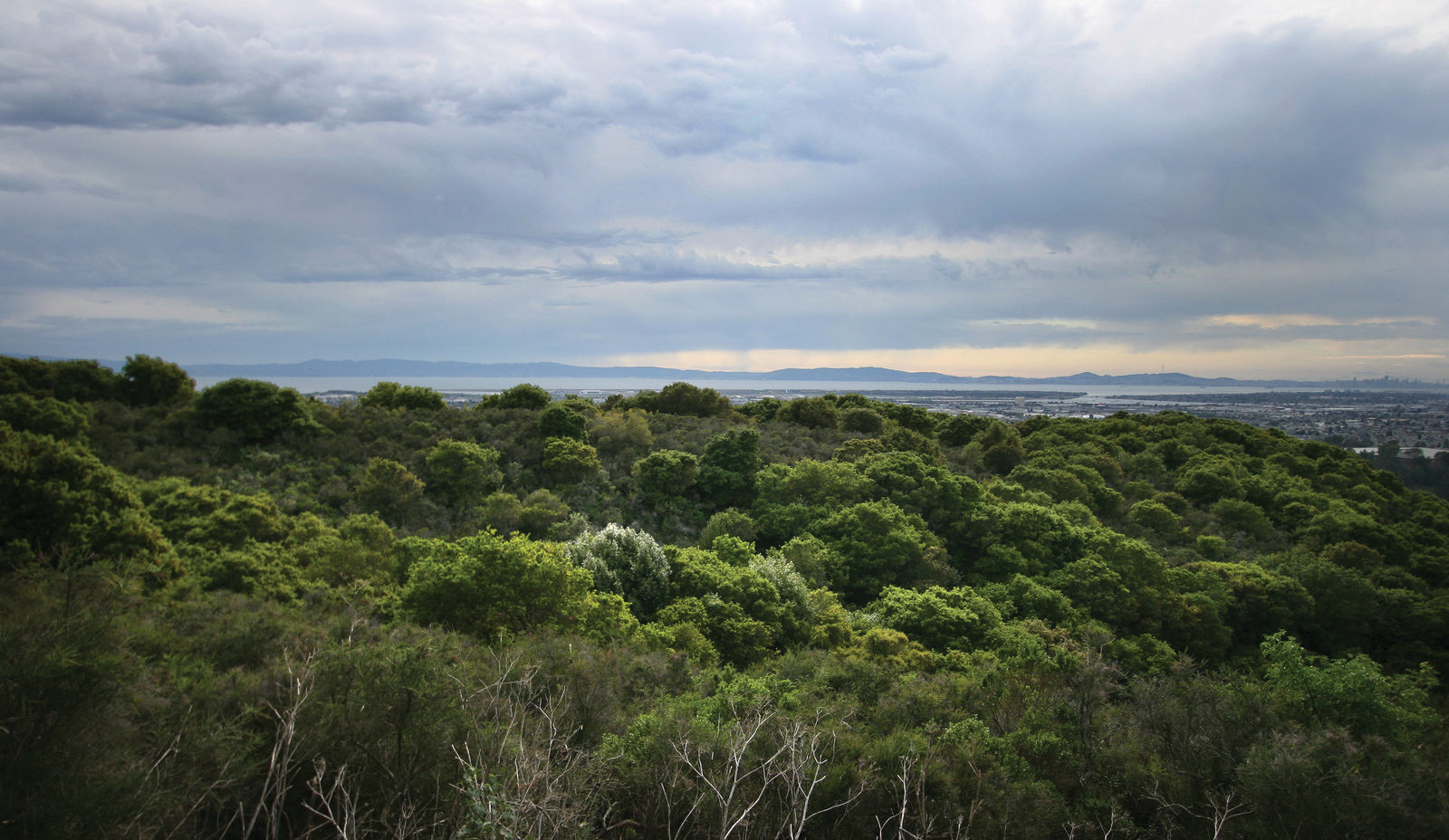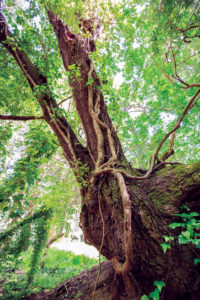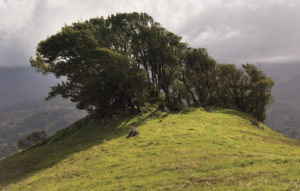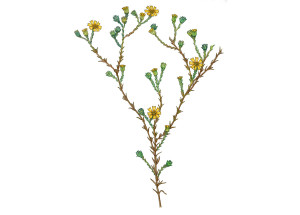U
ntil a few years ago, few people knew about the rare plant communities that persisted quietly in a lightly used city park in the Oakland hills. If people were aware of Knowland Park it was largely because of its proximity to the Oakland Zoo, which sits in a corner of the park and manages it for the city.
But then word got out about the zoo’s plans to expand further into the park, including up on to the western ridgeline, where development would impinge on the park’s maritime chaparral ecosystem, an increasingly rare habitat that hosts a number of locally rare plants. A neighborhood group of park users, calling themselves Save Knowland Park, formed to block the zoo’s expansion plans. And they found an important ally in the East Bay chapter of the California Native Plant Society, a statewide nonprofit founded 50 years ago to educate the public about California’s native flora and advocate for its protection.
In 2011, the zoo unveiled its latest plans to build a “California native” exhibit to showcase a range of animals that had lived in this area long ago, many of them now extinct. But the conservationists objected to building such an exhibit—and the aerial tram that would carry visitors above this “native” habitat—on top of one of the region’s most threatened native habitats.
The groups opposing the expansion sustained a major setback at the end of 2014 when Oakland city officials approved one of the remaining regulatory hurdles for the zoo’s plans. But CNPS volunteer Laura Baker, who’s been a key organizer of the opposition, refuses to see the city’s move as a loss. “It would have been wonderful to have the City Council turn this down,” says Baker. “But this is about more than the outcome of that decision. We had hundreds of people who came to the City Council to say we want our park protected. That’s conservation in action.”
That long view is the result of being part of an organization that has been involved in efforts to protect native plants and their habitats for five decades. The small group that met in Tilden Park in 1965 to save the park’s renowned native plant garden has since grown and spread up and down the state and now has 10,000 members in 34 chapters, including seven in the Bay Area. Baker said it’s issues like Knowland Park that bring more people into the conservation fold and allow the organization to grow. “Conservation cannot be a specialized activity for entitled people. This should be part of everybody’s life,” she says.
The organization sees its role as providing science-based botanical information to the public in the service of native flora. CNPS maintains the state’s first rare plant inventory that’s heavily used for scientific research and conservation planning. But advocacy based on both science and an aesthetic appreciation of the beauty of native plants has always been part of the organization’s mission at both the local and state levels. Local chapters rely almost exclusively on volunteer commitment—Baker herself is a volunteer with the East Bay chapter’s Conservation Committee. But the chapter also funds a part-time conservation analyst who has played a key role in successful efforts to defeat development of Dublin’s Doolan Canyon and oppose a waterfront hotel-casino complex at Richmond’s Point Molate, among other efforts. On the horizon is the long-running campaign to block expansion of off-road vehicle recreation onto the state parks department’s biologically sensitive Tesla property outside Livermore. There’s no guarantee of victory every time, but it’s important to keep speaking up for native plants. “We’re tiny, but we’re mighty,” Baker says.





